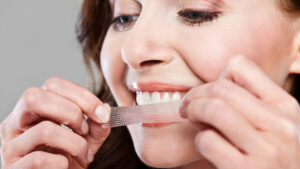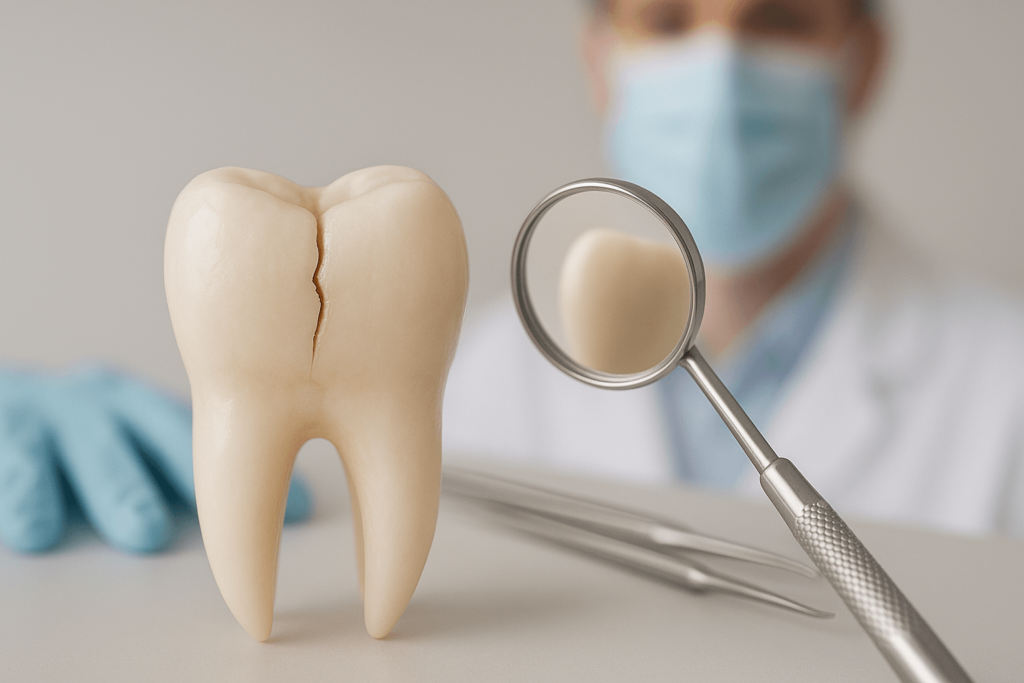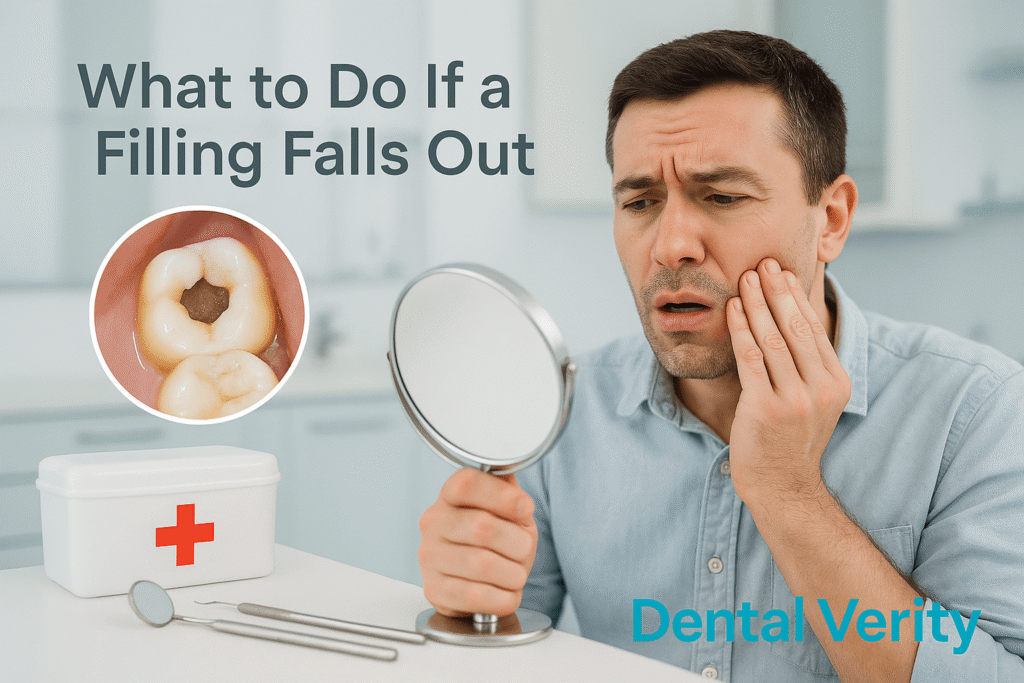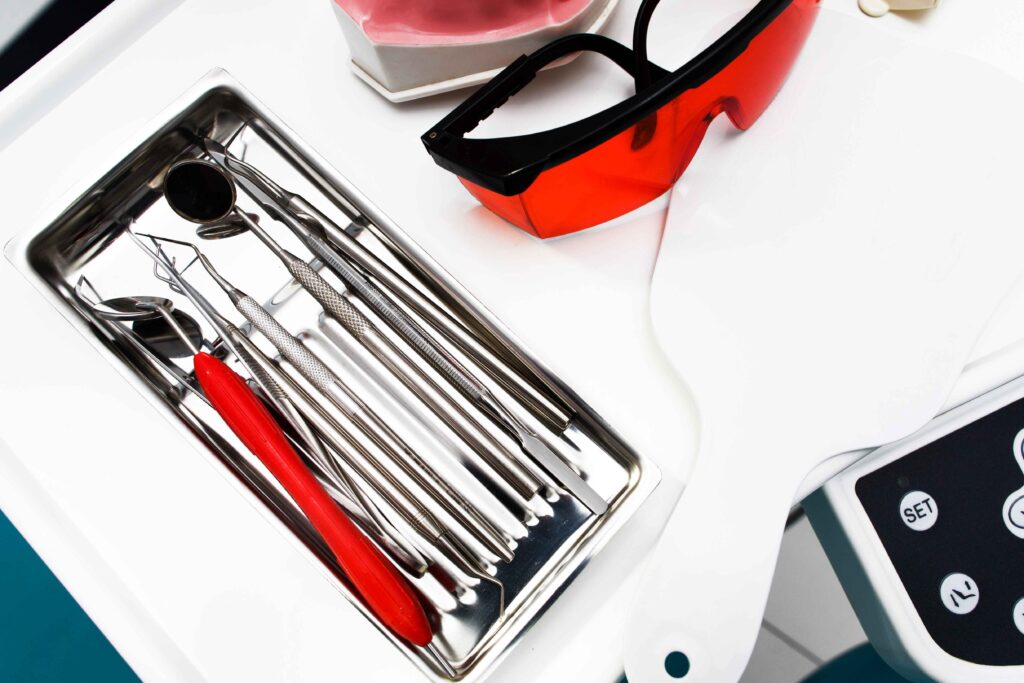
Maintaining healthy mouth is crucial for overall health, and it’s not just about brushing your teeth. Many people wait for their dental appointment to get their teeth cleaned, but the reality is that you don’t need to rely on professionals alone. With the right dental tools at home, you can keep your teeth white, avoid plaque build up, and achieve a sparkling smile. It’s about knowing the right ways to care for your oral health at home, making sure you’re equipped with the right tools for a spotless mouth.
When it comes to dental cleaning tools, you want products that are both safe for home use and effective in tackling the bacteria and plaque that can wreak havoc on your mouth. Whether you’re looking to avoid that stubborn build-up or achieve those pearly whites, these tools are essential for keeping your mouth in top condition. Having these tools in your home ensures you’re proactive about your oral health and can achieve the same results you’d get at a professional cleaning — all while saving time and money.
Are Dental Tools Safe for Home Use?
Yes, you can use certain dental tools at home to clean your teeth and gums regularly. These tools are designed for home use, so you can easily take care of your oral hygiene on your own. However, there are some tools, like the plaque scraper, that should only be used by a dentist because they require a more detailed process that professionals are trained to perform and pull off safely. So while you can use many dental tools at home, some things are better left to the experts.
Electric Toothbrush
An electric toothbrush is a cornerstone of any solid oral care routine. It’s far more effective than manual toothbrushes when it comes to plaque removal and preventing gum disease. With advanced features like oscillating bristles and built-in timers, it makes sure you brush for the recommended time and reaches those hard-to-clean areas, dislodging food particles that even the best manual brushes can miss. Popular models like Oral-B and Sonicare offer a variety of options to fit your needs, whether you’re looking for extra power modes or a softer touch for sensitive teeth and gums.

Switching to an electric toothbrush is simple and highly beneficial, especially for those with health problems affecting hand movement. These powered toothbrushes are easy to use, charge quickly, and come in a variety of shapes and sizes to ensure they fit comfortably in your hand. Plus, the soft bristles are gentle on your gums and teeth, giving you a protected and healthy smile without the worry of brushing too hard. It’s the most modernized tool you need to maintain oral health effectively.
Fluoride toothpaste
Fluoride toothpaste is an indispensable part of any dental cleaning tool kit. It’s the most effective cleaner when it comes to protecting your teeth and strengthening your enamel. Fluoride works by remineralising enamel and preventing cavities, which are major contributors to tooth decay. Unlike non-fluoride toothpastes, fluoride toothpaste ensures that your teeth remain strong and free from harmful side effects. Whether you’re looking for a toothpaste tailored to your needs, like sensitivity or whitening, fluoride toothpaste can give you the best results.
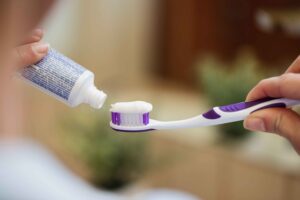
When used regularly, fluoride toothpaste not only helps in reversing decay but also plays a vital role in maintaining good oral health. It’s no wonder that dentists always recommend fluoride-based options, as they provide a therapeutic substance that supports overall oral care. By using the right fluoride toothpaste, you’re setting yourself up for a long-term healthy mouth with strong enamel and fresh breath.
Floss or Floss Picks
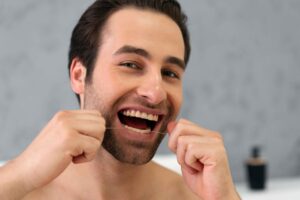
Flossing is often the forgotten part of your oral care routine, but it’s just as crucial as brushing. Dental floss helps reach the tight spaces between your teeth that toothbrushes can’t, removing food particles and plaque that can lead to decay and gum disease. For those who find traditional floss challenging, floss picks are a convenient and easy to use alternative. They’re perfect for people on the go and those who struggle with conventional flossing techniques, making it simpler to keep your teeth clean throughout the day.
Water flosser
A water flosser is a powerful alternative to traditional flossing. Instead of using string to manually clean between your teeth, it uses a thin, pressured stream of water to remove food debris and clean the deepest parts of your teeth and gums. It’s especially effective in preventing gum diseases and tooth decay, making it an essential tool for maintaining good oral health. Water flossers are gentle on sensitive gums and can even help whiten teeth and reduce inflammation. Whether you have braces or dental implants, it’s the perfect tool to ensure a thorough clean in places that toothbrushes and regular dental flossing might miss.

The water stream is also great at cleaning the gumline, ensuring your gums remain healthy without the risk of bleeding or damaging the soft tissues. With studies showing their effectiveness, water flossers are not only a great addition to your routine, but they can also replace the need for more professional dental tools in your home.
Steps in Using Water Flosser
- Fill the reservoir with warm water.
- Attach your preferred tip to the base of the water flosser.
- Turn on the water flosser and adjust the control dial to a high setting for water flow.
- Lean over the sink to prevent water from spilling onto your clothes.
- Place the tip at the gumline to clean each tooth.
- Move the tip from one gum to another, making sure to cover all areas.
- After finishing flossing, turn the water flosser off and remove the tip.
Tongue Cleaner
A tongue cleaner is an essential dental cleaning tool that many people overlook when focusing on their teeth and gums. Your tongue can trap bacteria and food particles, leading to bad breath and an unpleasant taste. Using a tongue scraper helps reduce bacteria build-up, ensuring your oral health is in top shape. The simple tool is easy to use and works wonders by removing food debris, dead cells, and bacteria from the surface of your tongue, leaving your breath feeling minty fresh.
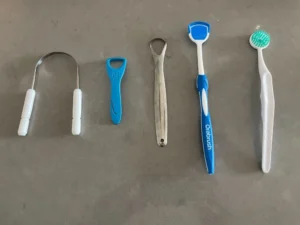
Not only does it improve your breath, but using a tongue cleaner regularly can also improve the color of your tongue, giving it a healthier, pinkish look without white spots. Studies show that a tongue cleaner can help with the reduction of bacterial load on the tongue, improving your sense of taste and overall oral hygiene. Unlike a toothbrush, which can damage the soft tissues on your tongue, a tongue cleaner offers a gentler and more effective cleaning solution.
Dental Pick
A dental pick is a small but effective tool that helps you remove food stuck between your teeth, as well as plaque and tartar build-up. Its sharp edge allows you to easily reach those hard-to-clean spots around your gums and in between your teeth. While it’s a great way to reduce plaque, you must use it carefully to avoid applying too much pressure, which could damage your enamel. Over time, excessive pressure could cause the thin enamel to wear out, making it important to use this tool gently.

For more stubborn tartar, particularly near the gum line, a dental pick is a great choice for a more affordable solution compared to professional tools. However, be mindful of the harsh contact it might have with the soft tissues of your gums, as it can lead to gum diseases if used improperly. If you want an option that’s even easier to use, a water flosser might be a better choice for flossing and cleaning, but the dental pick remains a reliable and cheap alternative for quick fixes.
Oral Rinse
Mouthwash is a valuable addition to your daily oral care routine. It complements brushing and flossing by reducing plaque, killing bacteria, and reaching the hard-to-clean areas of your mouth, including the insides of your cheeks, gums, and tongue. It helps prevent gum disease, freshens breath, and even strengthens teeth, especially if you choose a fluoride-based formula. If you prefer a natural option, you can easily make your own oral rinse by mixing salt and water.

For those concerned about the harshness of alcohol-based mouthwashes, there are alcohol-free mouth rinses that still work effectively to kill harmful bacteria without disrupting the good bacteria that are beneficial to your oral health. Using mouthwash regularly can help neutralise smells from food, leaving you with a fresh breath throughout the day.

